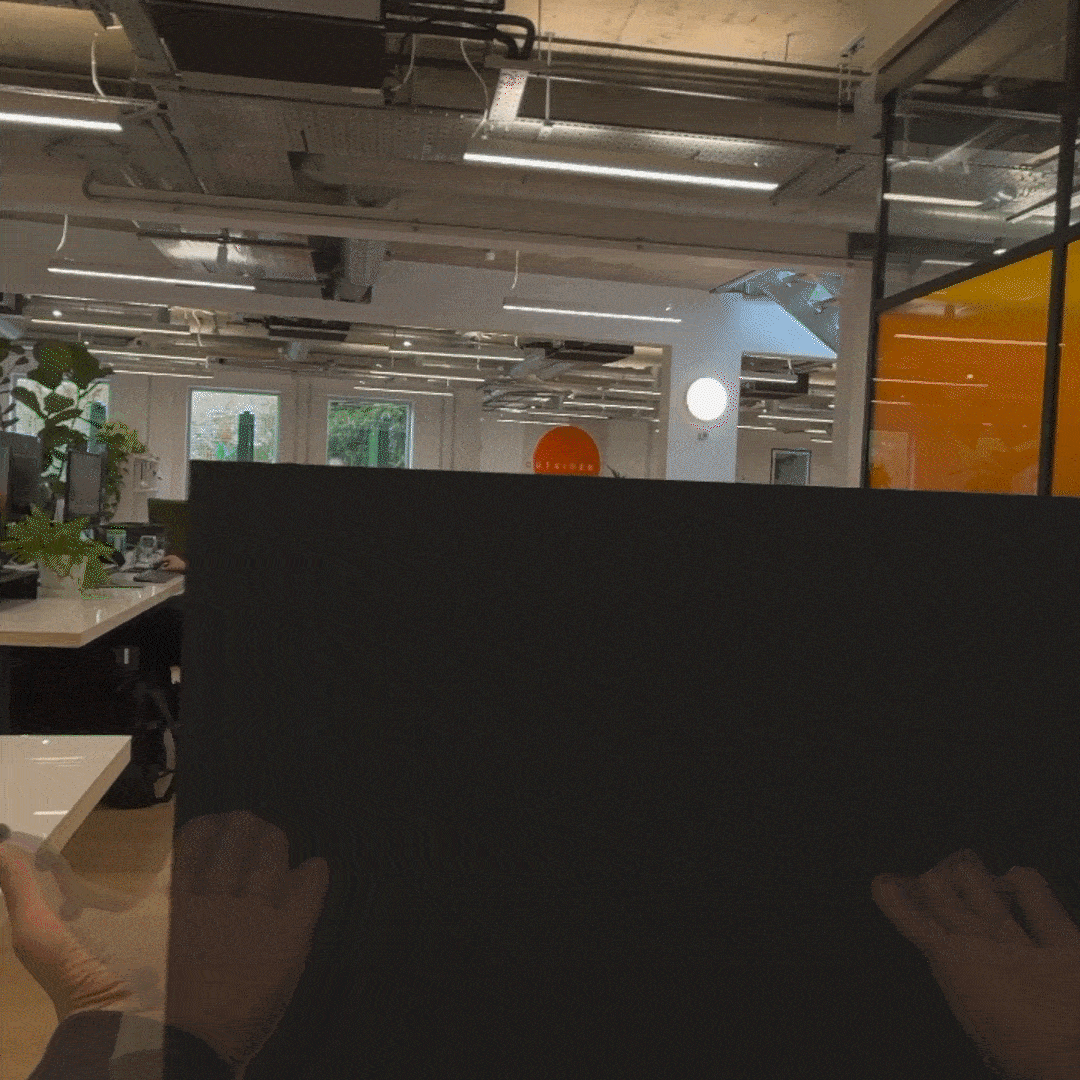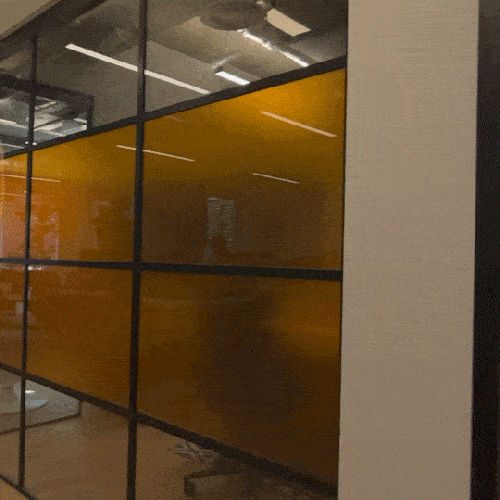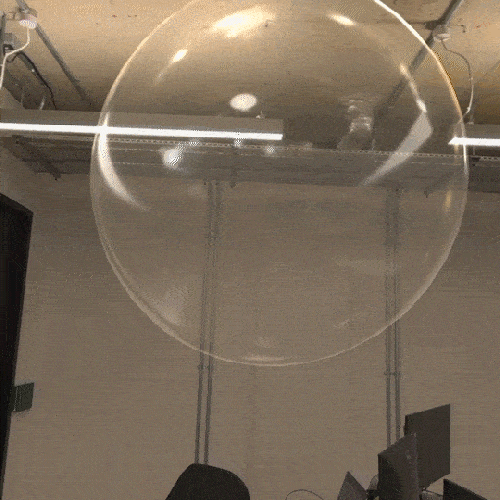



Spatial computing has been part of our work for years, but the release of Apple Vision Pro sparked a new level of excitement. So we conducted a series of experiments with the market’s top headsets—Apple Vision Pro and Meta Quest 3—to push the boundaries and discover the latest experiences this technology can offer.
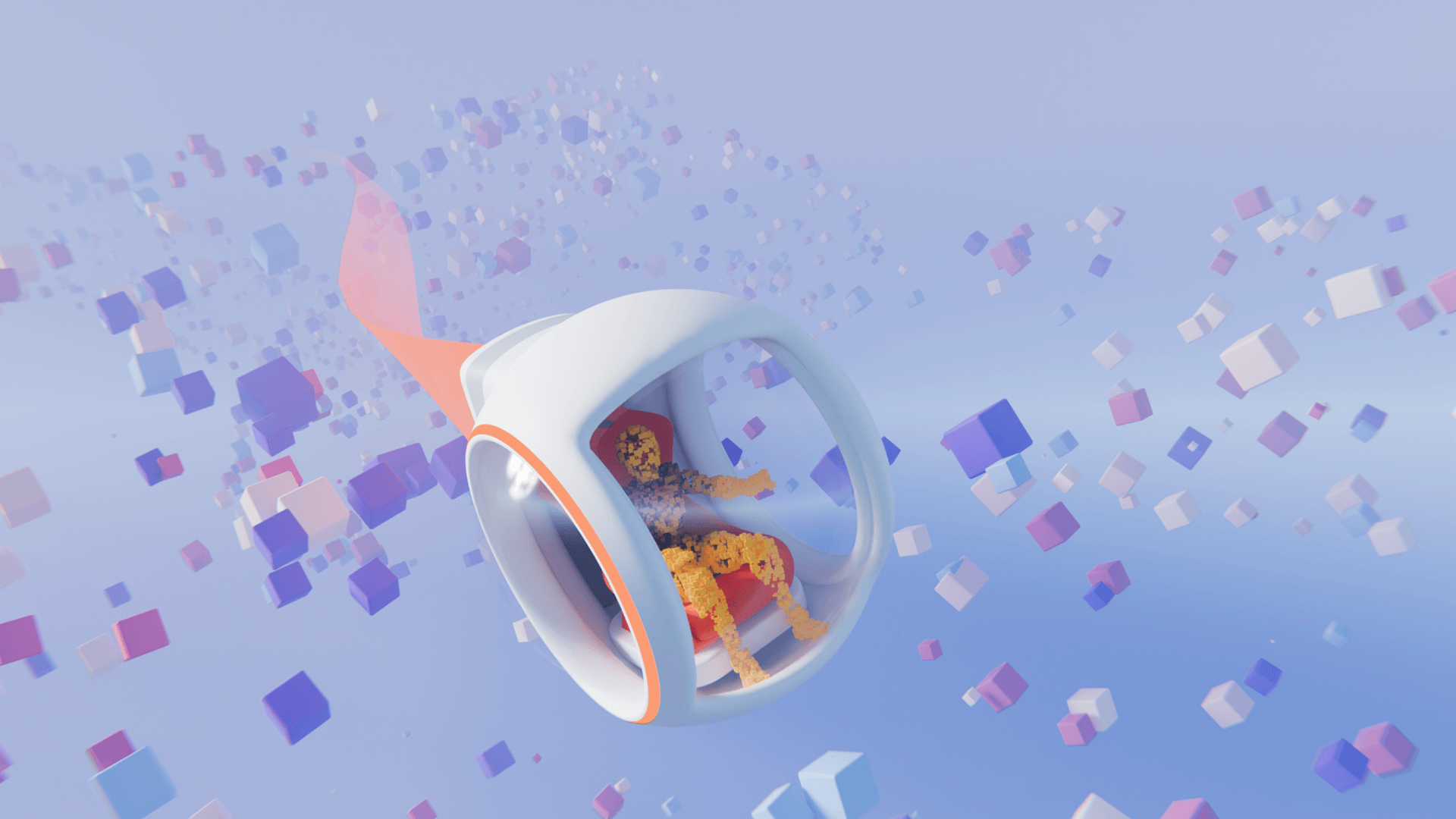
In Riders, we set out to explore new and unexpected multiplayer experiences enabled by immersive technology. By embracing principles of co-creation, asymmetric gameplay, and dynamic shifts in scale and perspective, we crafted a unique two-player experience: a life-sized Creator builds a floating voxel track while a miniature Rider embarks on a thrilling journey in a tiny space pod. The current tech has some limitations but we leaned into finding new creative possibilities by observing and tapping into new user behaviours. This enabled us to find a fresh way to connect players and enhance their shared experience.
Reality Smashers began with a playful idea: what if, for once, we could break the age-old rule of ‘no ball games indoors’ and turn it into a game where the goal is to wreck the place? So, we did just that. We transformed players’ rooms into voxelized environments and let them smash through reality by firing bouncing, exploding, and duplicating balls that destroyed the voxels, revealing a virtual world beyond their physical space. By bending the rules of physics and carefully balancing creativity with technical constraints, we crafted a rewarding and adaptable spatial experience that keeps playfulness at its core.
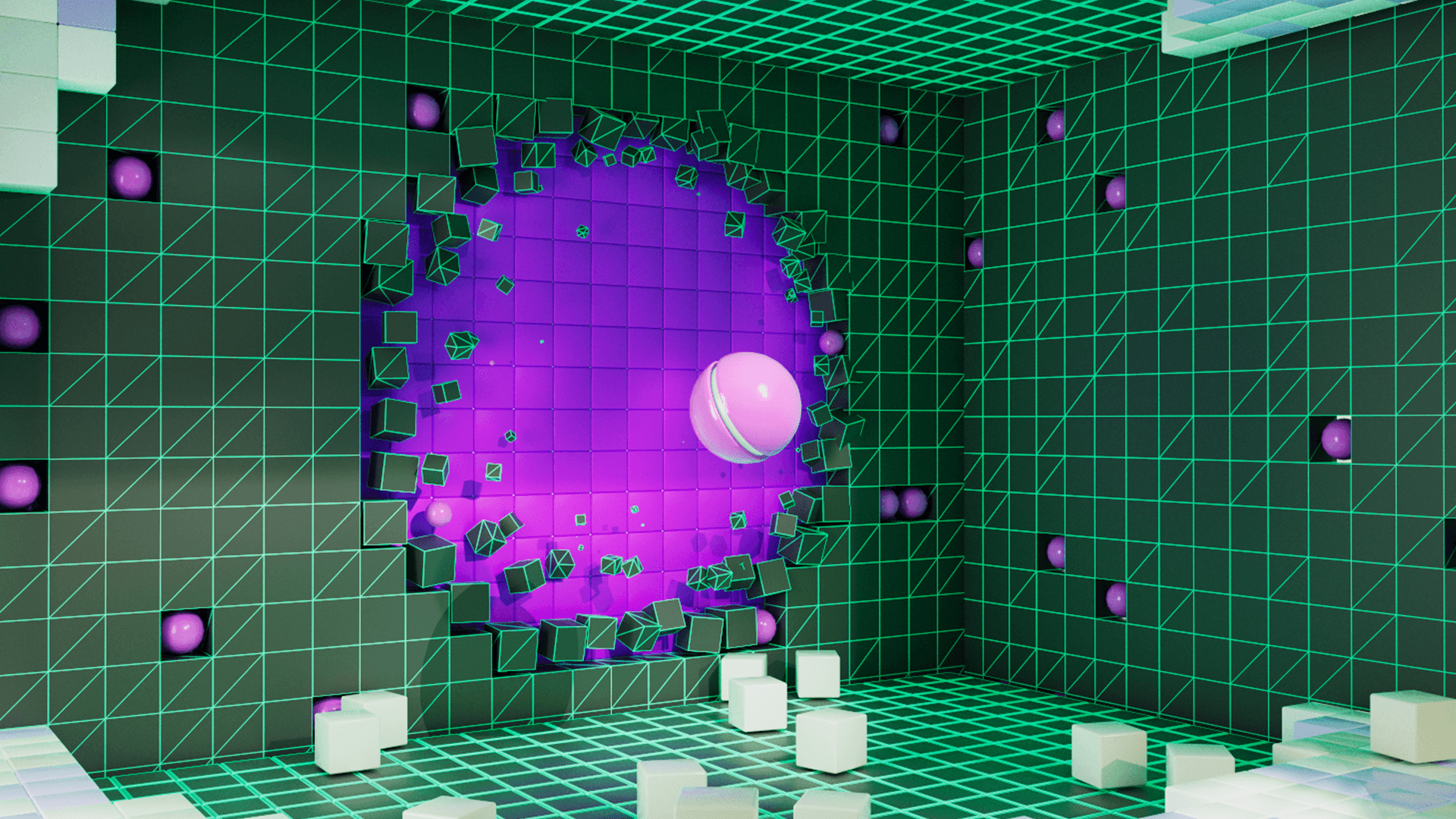
With Strings, we wanted to explore new sensory experiences made possible by integrating physical and virtual environments–through contextual awareness. Our starting point? Spatial audio. Instead of the usual audiovisual approach, we had players stretch musical strings across surfaces in their space, then strum, pull, and pluck them to produce synthesized notes and visual waves that change based on the strings’ positions in the room. While the result is a unique form of ‘music,’ refining it further could make it even more pleasing to the ear.
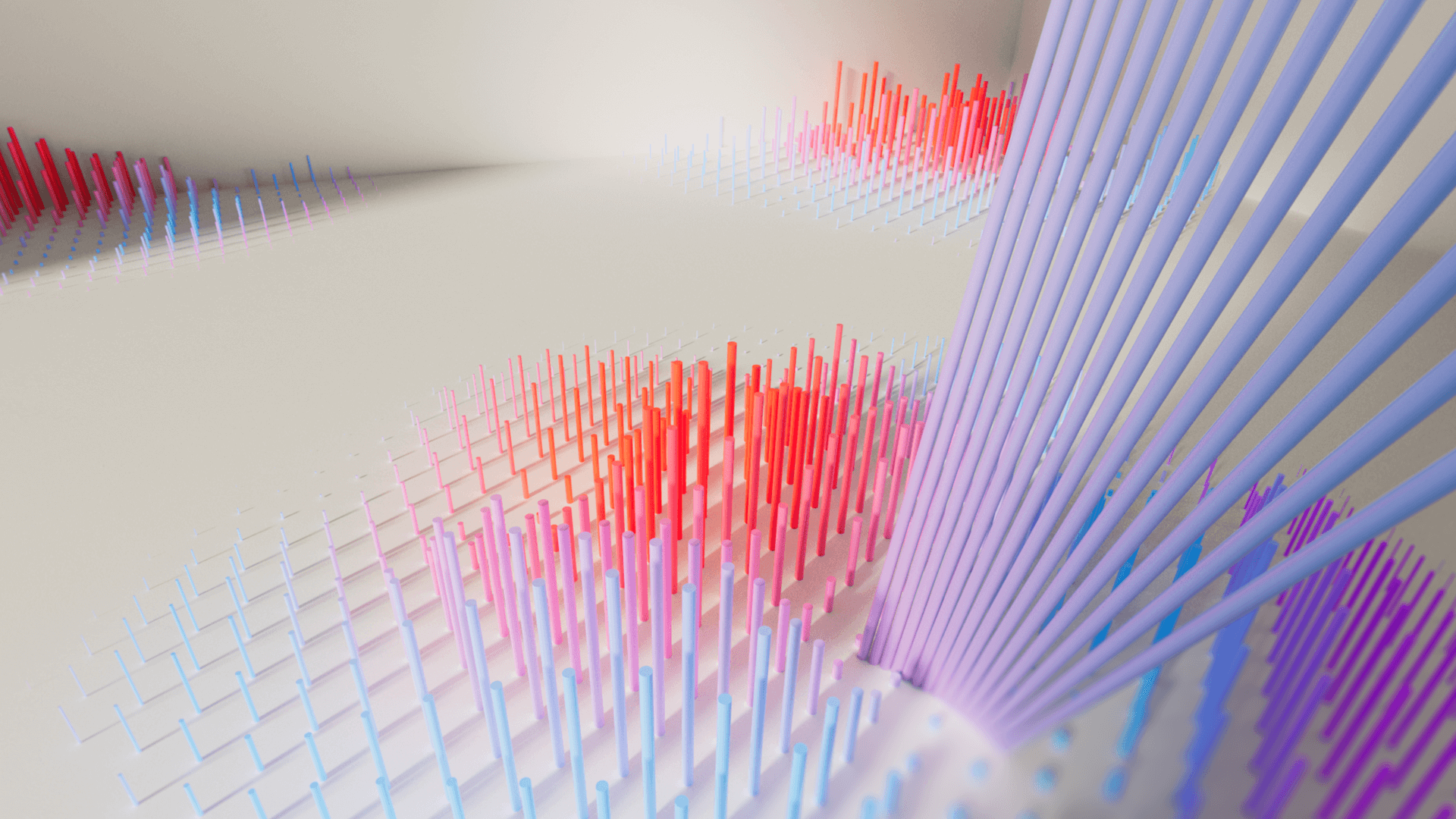
This internal initiative was a collaborative effort amongst brilliant minds. I co-directed the suite of projects alongside Rafa Pavon, working closely with Unit9’s team of creatives, techs, and producers. Together, we ideated, workshopped, prototyped, and iterated rapidly. I helped oversee and guide the entire process—from initial concept and workshops through to refining the builds and creating social content to showcase our work.
Credits
Unit9
